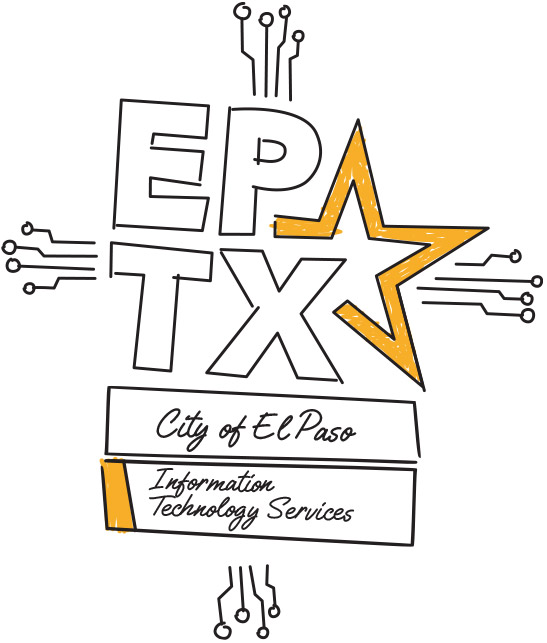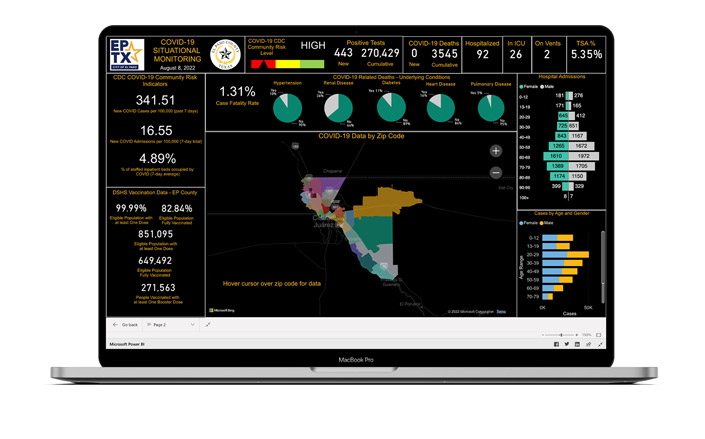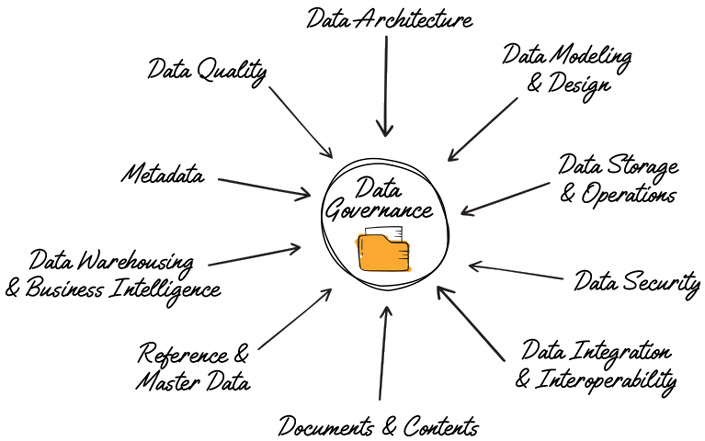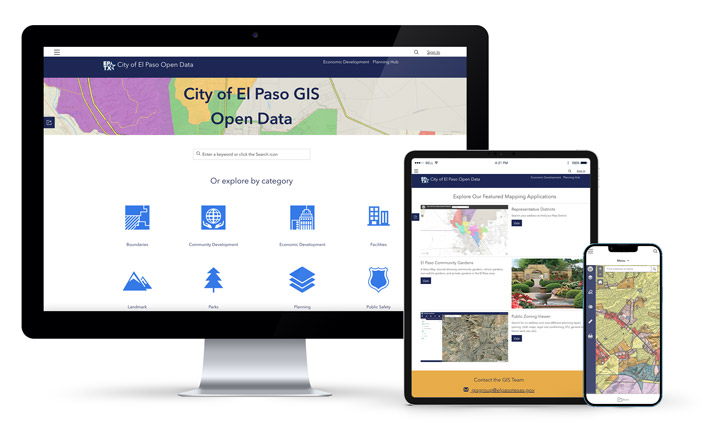Data-Driven Governance
The city tracks 120 KPI's across all 26 departments. A custom application (City Goals) was developed in-house for departments to consolidate and report results. KPIs are linked to the corresponding City Goal, Vision Block and Strategic Object (25 by 2025, 30 by 2030), included in the City Report Card and reported in Goal Updates to Council. The application also supports departmental KPIs linked to operational objectives.:
- Increase of online payments vs. in-person
- Number of individuals engaged through social media
- Number of Neighborhood Leadership Academy enrollments
- Tax Office average phone wait times
- Number of pothole repairs
- Percentage of on-time preventative maintenance (mass-transit)
- Community health outreach: number of low to moderate-income individuals reached and served
- Number of quality-of-life virtual programming participants
- Museum attendance
- Library program participation
- Parks and Recreation program participation
- Zoo event attendance
- Wireless internet through Digital El Paso
- IT availability and reliability
- -% Quality of Life projects completed at or under budget
- Animal Services Live release rate





